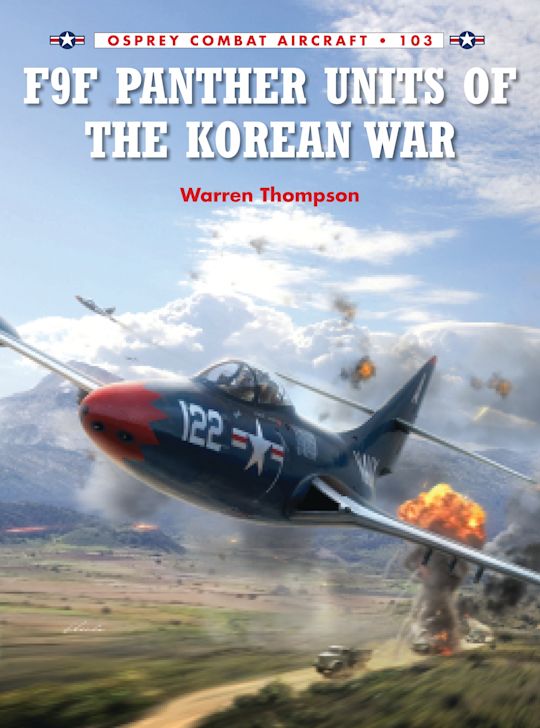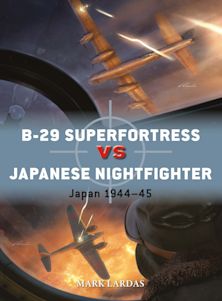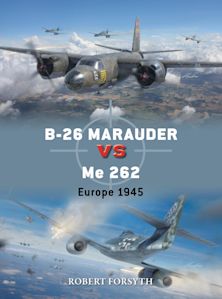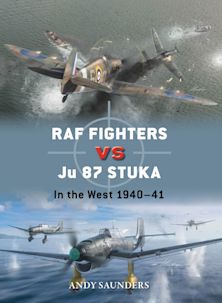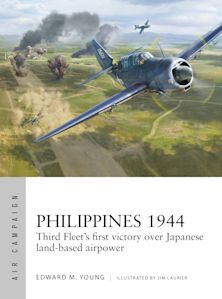F9F Panther Units of the Korean War
For information on how we process your data, read our Privacy Policy
Description
In 1948 the USAF, Marine Corps and US Navy were concentrating on converting over to an all-jet force. When the Korean War started in June 1950, the USAF had built up a sizable jet force in the Far East, while the US Navy was in the early stages of getting F9F Panthers operational as replacements for its piston-engined F8F Bearcats. At about this time, the Marine Corps had also begun using the Panthers in limited numbers. Operating from aircraft carriers off the Korean coast, F9Fs helped stop the North Korean invasion within two weeks of the communists crossing the 38th Parallel. The Panthers, escorting carrier-based AD Skyraiders and F4U Corsairs, penetrated as far north as Pyongyang, where they bombed and strafed targets that the North Koreans thought were out of range. The Panthers also took the battle all the way to the Yalu River, long before the MiG-15s became a threat. The F9F's basic tasking was aerial supremacy and combat air patrols, but they also excelled in bombing and strafing attacks. The Marine Corps, with its two Panther squadrons, was also involved in close air support and interdiction near the frontlines. There were a total of 32 Panther squadron deployments during the war, along with several special detachments that operated the F9F-2/5P unarmed photo-reconnaissance versions.
Table of Contents
The war drags on
More missions and more MiGs
Interdiction, RESCAP, CAP and more MiGs
Marine Panthers enter the war
Appendices
Product details
| Published | Jun 17 2014 |
|---|---|
| Format | Paperback |
| Edition | 1st |
| Extent | 96 |
| ISBN | 9781782003502 |
| Imprint | Osprey Publishing |
| Illustrations | 20 b/w; 90 col |
| Dimensions | 10 x 7 inches |
| Series | Combat Aircraft |
| Short code | COM 103 |
| Publisher | Bloomsbury Publishing |
Reviews

Resources
Discover More
Visit our exclusive member's website to see artwork, maps, and more from this book.

Resources
Book Vote
Tell us what titles you would like to see published by Osprey, then vote for your favourites in our monthly book vote!

